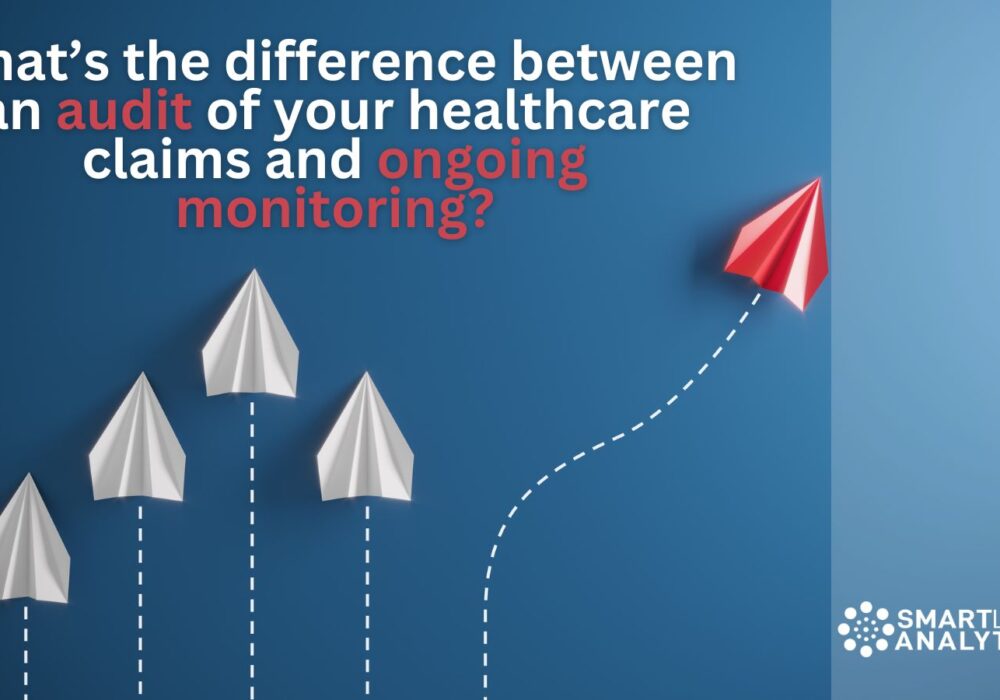The difference between an audit of your healthcare claims and ongoing monitoring Large employers with self-funded healthcare insurance plans typically have …
[Read more...] about The difference between auditing healthcare claims and ongoing monitoring





